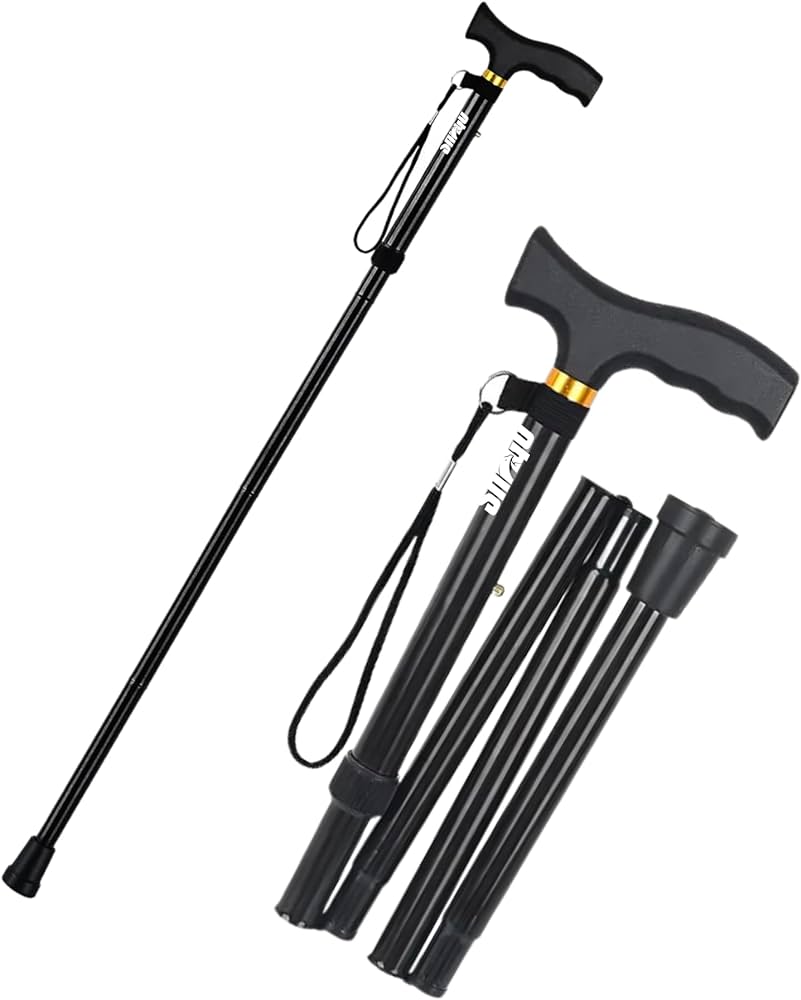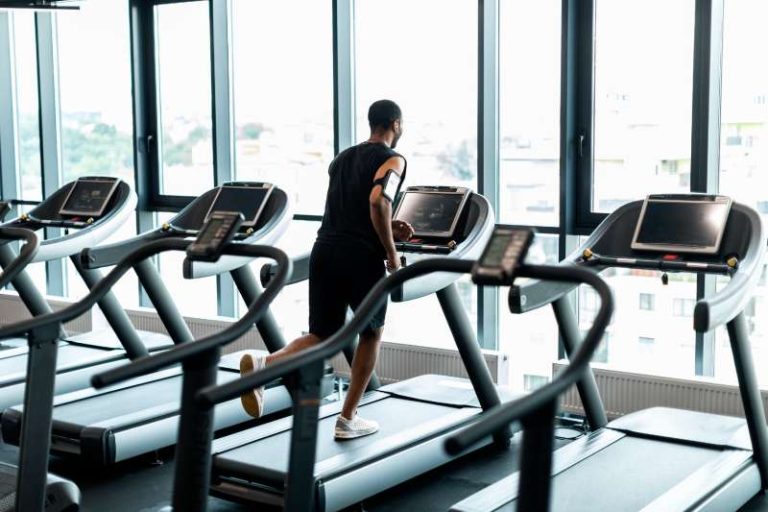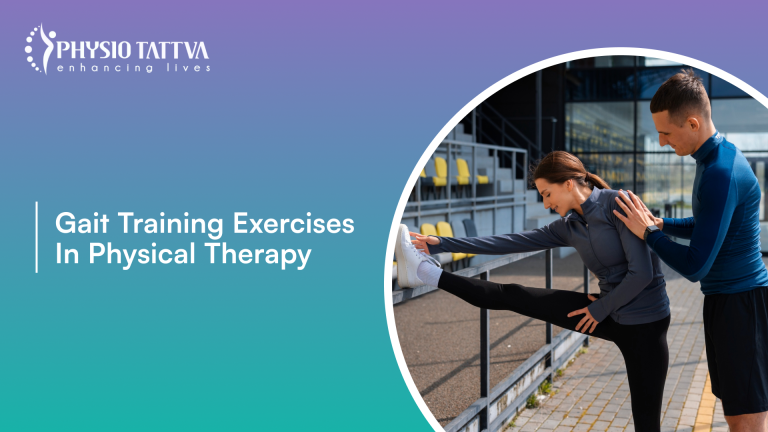When Should You Use a Walking Stick: Tips for Optimal Mobility
A walking stick should be used for support and balance during walking or hiking. It is recommended for individuals with mobility issues or unstable gait.
Using a walking stick can help prevent falls and reduce strain on joints, providing added stability and confidence. Whether you are recovering from an injury, experiencing joint pain, or navigating uneven terrain, a walking stick can be a valuable aid.
By choosing the right walking stick and using it properly, you can improve your mobility and overall safety. Let’s explore in more detail the benefits and considerations of using a walking stick in various situations.

Credit: www.amazon.com
1. Benefits Of Using A Walking Stick
Using a walking stick can provide numerous benefits for individuals of all ages and mobility levels. Whether you have a temporary injury or a chronic condition, a walking stick can be a valuable tool to enhance your stability and reduce stress on your joints. Let’s explore the specific advantages of using a walking stick:
1.1 Stability And Balance
A walking stick serves as a reliable source of stability and balance, especially for those who struggle with mobility issues or have a higher risk of falls. By providing an additional point of contact with the ground, a walking stick helps distribute weight more evenly and supports your body as you move. This improved stability ensures you feel confident and secure while walking, hiking, or navigating uneven terrain.
1.2 Reduced Stress On Joints
One of the key benefits of using a walking stick is the reduced stress on your joints. When walking, your legs and feet endure significant pressure, especially on hard surfaces. By redistributing some of your body weight onto the walking stick, you can alleviate the strain on your knees, hips, and ankles. This can be particularly beneficial for those with arthritis, joint pain, or recovering from injury or surgery.
Not only does a walking stick lessen the impact on your joints, but it also promotes proper posture and alignment. By providing support and stability, it allows you to maintain an upright position, preventing excessive strain on your back and neck. This can lead to improved comfort and decreased overall discomfort.

Credit: m.youtube.com
2. Signs That You Could Benefit From Using A Walking Stick
Using a walking stick can provide support and stability, aiding in maintaining balance and reducing joint pain. Below are signs indicating you could benefit from using a walking stick:
2.1 Difficulty Maintaining Balance
If you Struggle to maintain balance while walking, a walking stick can help provide the extra support you need.
2.2 Joint Pain Or Arthritis
If you Experience joint pain or arthritis, using a walking stick can help reduce the pressure on your joints as you move.
Overall, Pay attention to your body’s signals – if you encounter these signs, consider using a walking stick to improve your mobility.
3. Types Of Walking Sticks
When it comes to choosing the right walking stick, understanding the different types available is crucial in selecting the one that best suits your needs. From traditional canes to quad canes and hiking poles, each type has its own unique features and benefits.
3.1 Traditional Cane
A traditional cane is a single straight stick often made of wood or metal, with a curved handle for ease of use. It is commonly used for balance and stability while walking and comes in a variety of styles and materials to suit individual preferences.
3.2 Quad Cane
The quad cane features a base with four small feet, providing a wider support base for increased stability. This type of walking stick is ideal for individuals who require extra balance support and weight distribution, making it suitable for those with mobility limitations.
3.3 Hiking Pole
A hiking pole is designed with a collapsible and adjustable feature, making it perfect for outdoor activities such as hiking and trekking. It provides stability on uneven terrains and helps reduce impact on the joints, offering additional support and balance during physical activities.
4. Tips For Optimal Use Of A Walking Stick
Using a walking stick can greatly improve your mobility and stability when you have difficulties with balance or walking. However, to ensure you get the maximum benefit from your walking stick, it’s important to use it correctly. Here are some tips to help you make the most out of your walking stick:
4.1 Proper Fit And Height Adjustment
One of the key factors in using a walking stick effectively is ensuring that it is properly fitted and adjusted to your height. The height of your walking stick plays a crucial role in maintaining good posture and minimizing strain on your body while walking. Here’s how to achieve the proper fit:
- Stand upright with your walking shoes on and your arms relaxed at your sides.
- Hold the walking stick alongside your body, with the handle resting at the crease of your wrist.
- Adjust the height of the walking stick so that the top of the handle is at the same level as your wrist crease.
- Double-check the height by gripping the handle and standing up straight; your elbow should be slightly bent.
Maintaining the correct height of your walking stick will help you distribute your weight evenly and provide the necessary support as you walk.
4.2 Walking Technique And Posture
Using a walking stick properly also involves practicing the right walking technique and maintaining good posture. Follow these tips for optimal walking with a walking stick:
- Hold the walking stick in the hand opposite to your weaker leg, as this creates a natural rhythm and balance.
- Take a step with your stronger leg and move the walking stick forward simultaneously.
- Maintain a relaxed grip on the handle, allowing your wrist to move naturally.
- Avoid leaning heavily on the walking stick, as it is meant to provide support and stability rather than take your full weight.
- Keep your posture upright and your eyes forward, looking ahead rather than down at your feet.
- Take small and deliberate steps to ensure stability, especially when navigating uneven terrain or obstacles.
By following these walking techniques and maintaining good posture, you can prevent muscle fatigue and reduce the risk of falls while using a walking stick.

Credit: m.youtube.com
Frequently Asked Questions On When Should You Use A Walking Stick
Do Doctors Recommend Walking Sticks?
Yes, doctors often recommend walking sticks. They can provide support, stability, and relieve pressure on joints while walking.
When Should I Consider Using A Walking Stick?
Consider using a walking stick if you experience balance issues or joint pain during walking. It can provide stability and support, reducing the risk of falls. Consult a healthcare professional for proper guidance on using a walking stick.
Is It Better To Walk With A Walking Stick?
Yes, walking with a walking stick can provide stability and support for better balance and posture. It can also reduce strain on the joints.
Do You Use A Walking Stick On The Good Or Bad Leg?
Use a walking stick on the opposite side of your injured leg for support. This helps to reduce pressure on the affected leg when walking.
Conclusion
Considering the benefits of balance, stability, and relief a walking stick provides, its usefulness is widespread. Whether for daily walks, outdoor excursions, or recovering from injury, a walking stick can offer crucial support. Understanding when to use one can enhance your mobility and overall well-being.







